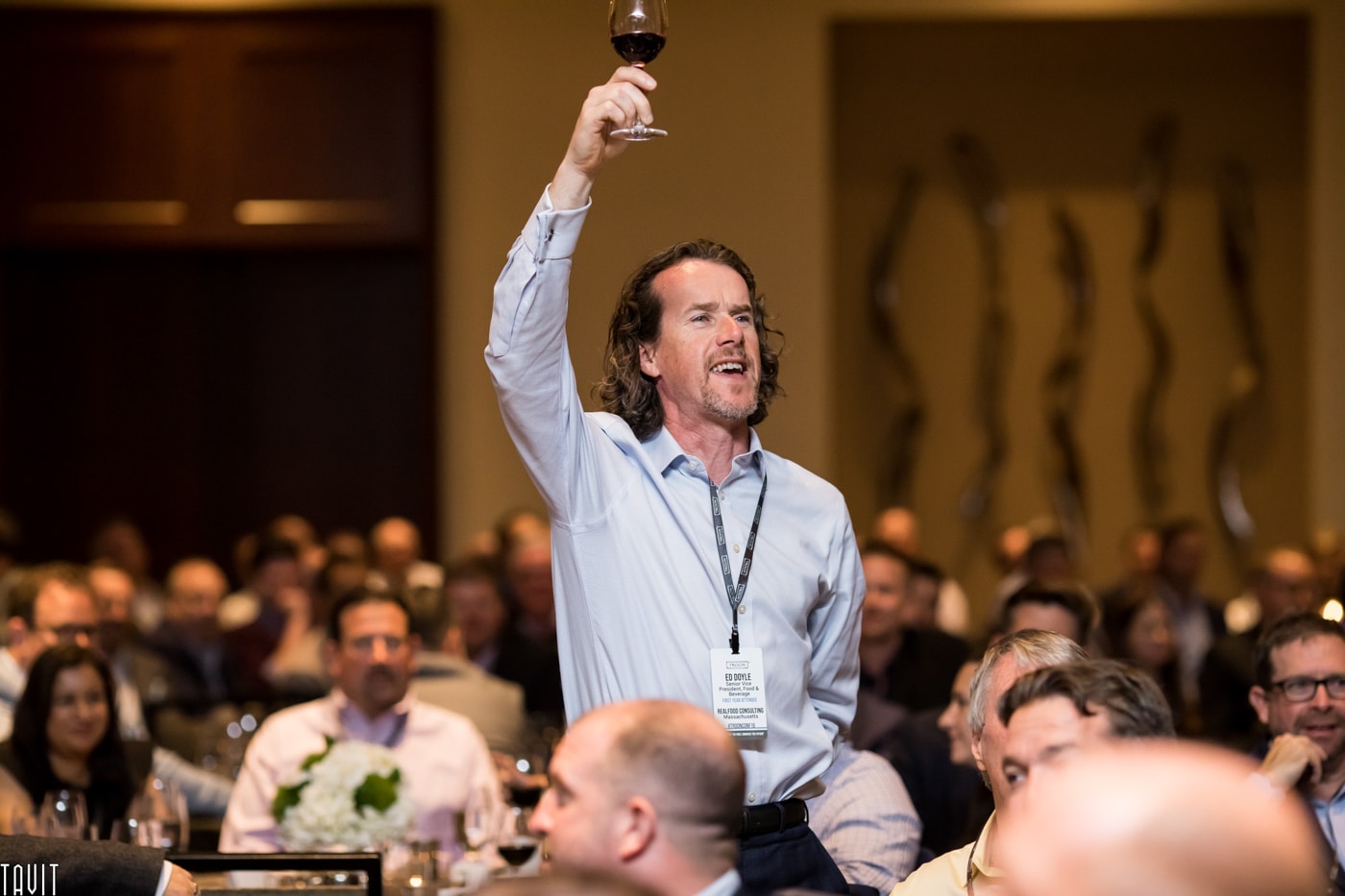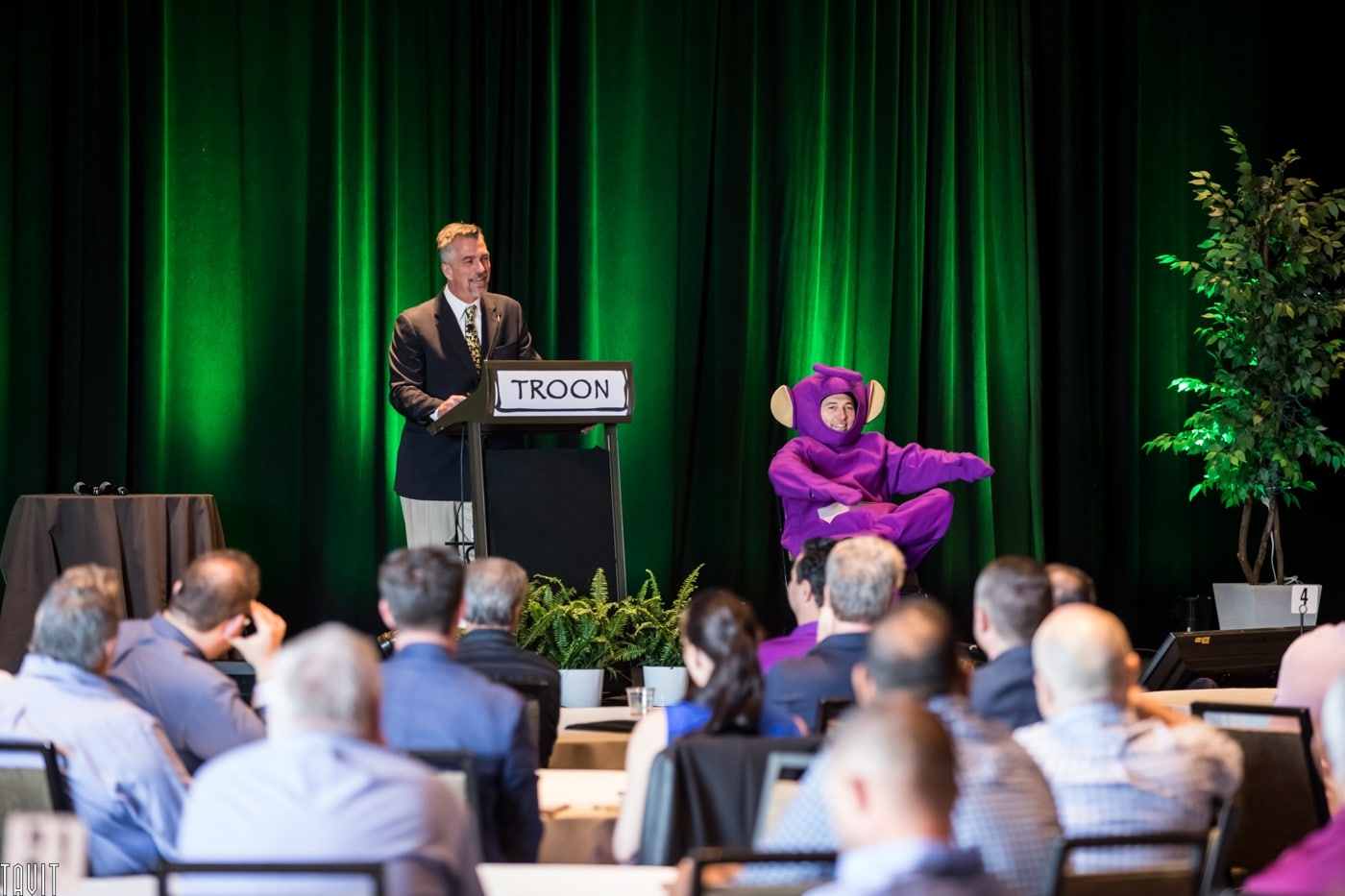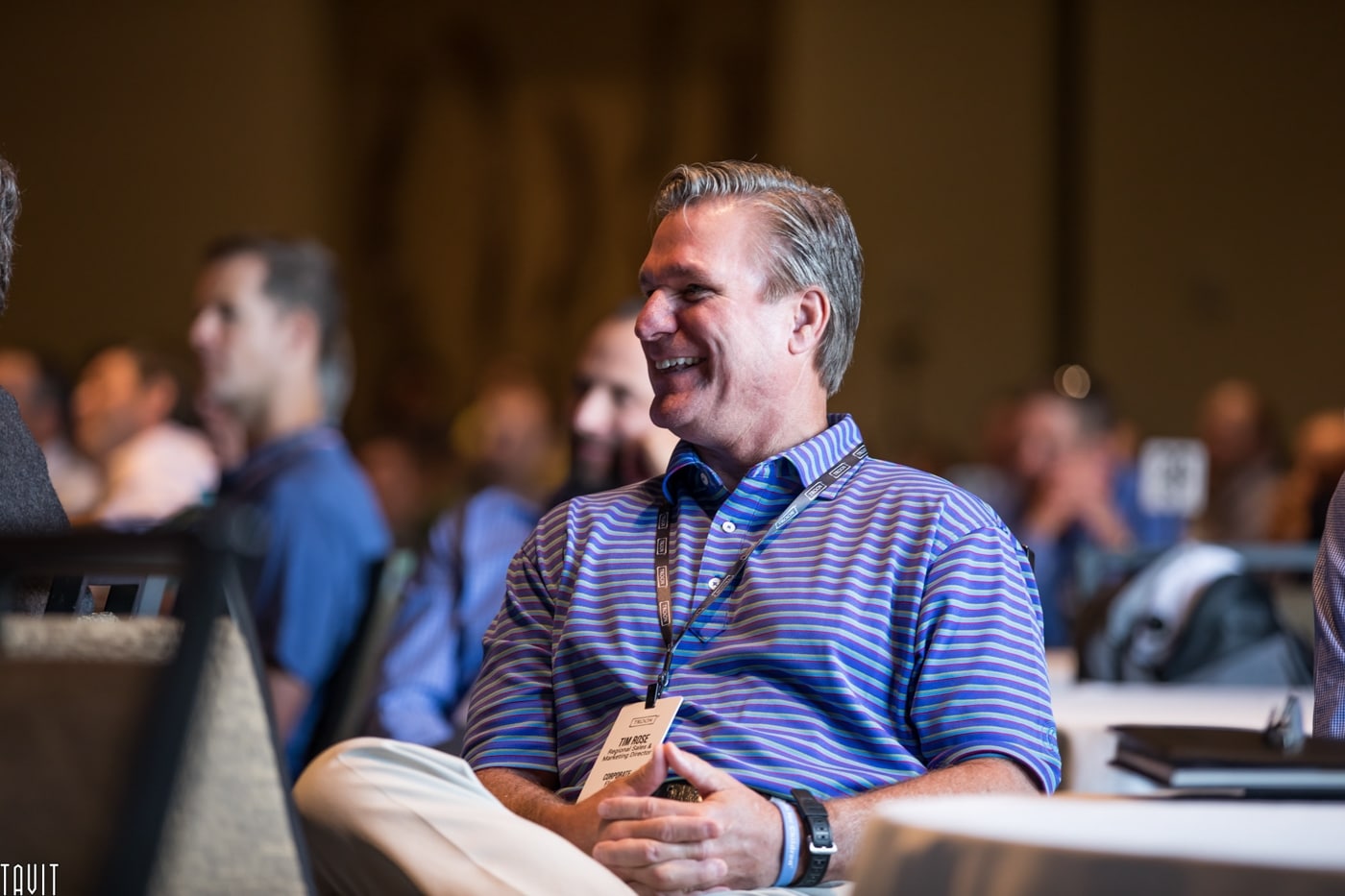8 tips on how to photograph corporate events.
Photographing corporate events can be one of the most exciting types of event photography. They run the gamut from relaxed to high-pressure and are never exactly the same. Here are our top eight tips on how to photograph corporate events for all skill levels.
Get excited
There are a few photography scenarios that are truly generic, repetitive, or simply boring. Each time a photographer gets behind the camera, they have an opportunity to capture the true essence of the event and its attendees. Doing this well has its own unique set of emotions, expectations, and challenges.
Photographing corporate events are automatically fun. You get to hear pundits speak that attendees pay top dollar to see, swirl through networking events, and attend parties, team-building events. Each scenario is different and can be just as exciting for the photographer as it is its attendees.
Prepare
- Client expectations
Have a clear idea of what your client wants, needs, and expects during a shoot. This is imperative for any type of photoshoot, but especially when photographing corporate events.
Find out from the client what types of images they want. Should the focus be on the speakers, the venue, candid shots? The executive team and VIPs? Perhaps you are setting up a photo booth for a holiday party and need to capture smiles all around. When in doubt, ask for clarification and do not assume you are hired to get all of the standard shots.
- Scout the venue ahead of time
Gather as much information about the event as you can and if allowed, visit the venue and do a test shoot. This will allow you to plan shot locations and get a feel for the lighting.
Running into problems on a shoot can be stressful. Visiting the venue before the shoot to identify potential problems and compensate for them ahead of time instead of on the fly.
- Create a shot list
Prepare a detailed shot list and ask for an event schedule so that you can plan out your shots in accordance with the itinerary. Become familiar with the faces of important people and guests in order to recognize them in the crowd.
Typical shots for photographing corporate events include:
- shots of speakers
- group shots
- candid shots
- shots of attendees
- posed shots
- shots of the venue empty
- shots of the full venue
This along with understanding your client’s expectations is important, if not the most important step for photographing corporate events. Feel free to borrow from our corporate event photography shot list love it or hate it, we’d love to hear your feedback.
- Bring the right gear
Event photographers know that having the essential gear is crucial for taking photos of people, places, and things. Each subject has its own setup for creating and capturing truly stunning images. Having the best camera, the best lenses, low-light tools, and other accessories are non-negotiable for photographing corporate events.
Some of the basics include:
- camera
- external flash & off-camera flash
- transceivers (one for camera hot shoe and the other for the off-camera flash)
- umbrella reflectors
- light stands
- zoom lens
- wide-angle lens
- memory cards
- extra batteries
- a telephoto lens
If you offer videography services, it is important that your client is aware of your video capabilities. If you offer 360-degree virtual reality filming, you will need to bring additional gear so plan accordingly.
Shoot the entire event
Why limit yourself to only photographing people? Look around at the venue and you can always find something interesting to photograph. If there is a cake, photograph it before it gets cut. If food is on display in an aesthetic manner, snap a shot before it’s served. Photograph branded materials such as banners, handouts, and logos displayed throughout the venue, tables, entrances, etc.
Don’t get so focused on just the speakers or staged events that you miss documenting everything else going on. Your client spent top dollar creating an unforgettable event and it’s up to you to capture the details as well as the bigger picture.
Aim for a variety
Get as many different angles of the same subject as possible, and mix it up from speaker to speaker or moment to moment. Instead of focusing on just good lighting and composition, try to vary within your guidelines as well.
Get close up, shoot from the sides, shoot high, then low. Experiment with producing different backgrounds and perspectives for each photo. Creating the most artistic image is not always the best option. Remember that some of these images will be used by a creative director for marketing purposes in print and on the web. Make sure to keep this in mind so that you produce photos that are functional for various types of display and not just for artistic value.
Dress for the occasion
This should go without saying, but if you are a professional, you should dress like one. That being said, as a photographer of any kind, it is your goal to try to blend in as much as possible. If you are working at a formal event, wear a suit.
When dressed accordingly, approaching executives and high-level personalities, will give you more confidence than if you wore jeans and a t-shirt. Do not be afraid to dress down for casual events. You want your subjects to feel completely relaxed and able to be at ease interacting with you and your camera. Remember, you want to blend in as the photographer.
This tip is probably the simplest but makes the biggest difference in your level of comfort and that of your clients.
Get consent:
Not every person will want to be photographed or authorize their image to be used by the organizer of the event.
It is best to introduce yourself to the crowd. Let them know where they can sit or stand if they do not wish to be a part of group shots. Another suggestion is to let them know they have the option to approach you and request not to have their photo taken.
You should avoid capturing shots of people eating, private or emotional exchanges, and children. Aside from eating, if you do happen to capture intimate moments or children in photographs, you can ask for consent to use the images.
Be nice:
Sounds obvious right? Well…in the heat of the moment, a lot can happen to a photographer’s energy levels throughout the duration of a shoot.
Be respectful of each individual and treat them the same way you would the highest-ranking, respected official. With specific shot lists, you may be approached by guests requesting to have their photos taken. If you have time, just take a quick photo and delete it later to avoid seeming rude.
Keep a low profile:
A good photographer is like a ninja.
When moving throughout an event, especially during a keynote speaker, the last thing a photographer should be is seen or heard. Avoid creating sudden movements that might steal someone’s attention or causing a commotion with loud shoes, clothing and camera equipment. If you do not need to use a flash, don’t.
Your job is to capture the event like the pro that you are, you were not invited to become the guest of honor. Try not to enter private areas or interrupt conversations between attendees.
Try not to interrupt important conversations. You can usually tell if a conversation is important by looking at how heavily engaged someone is in talking to another person or group. In a relaxed environment, you will not need to announce your intent to take a photo. People who are at ease will immediately feel your presence and usually pose for the picture. Try to be as invisible as you can.





















